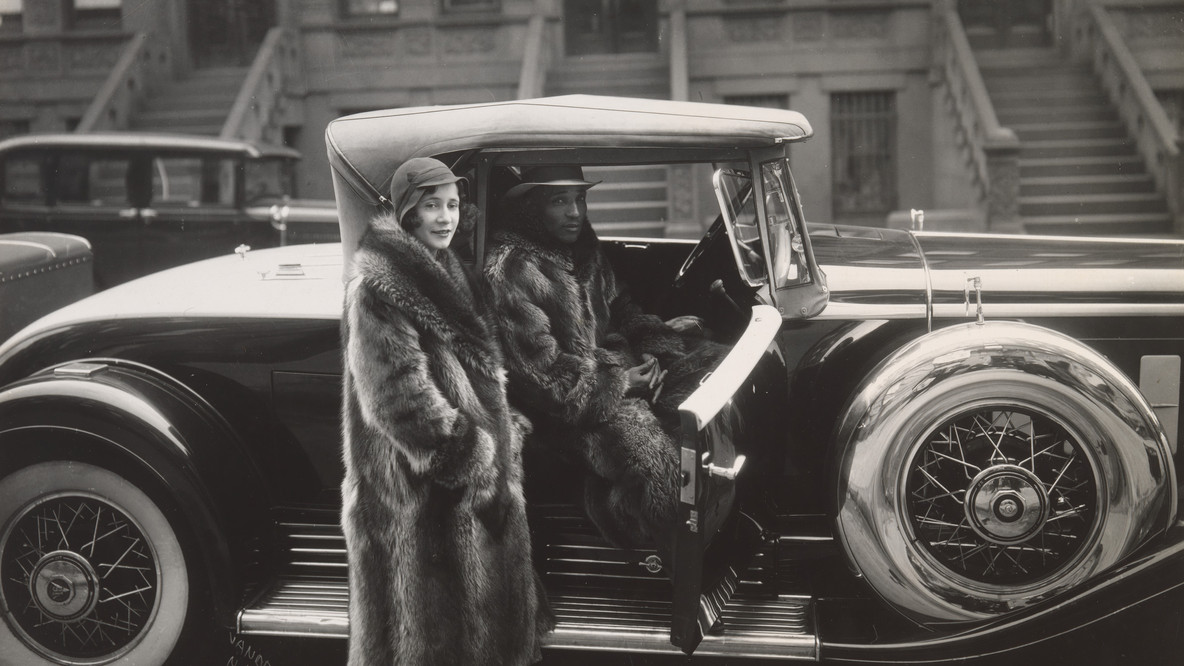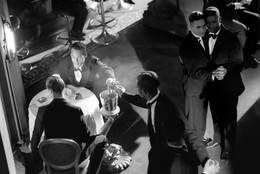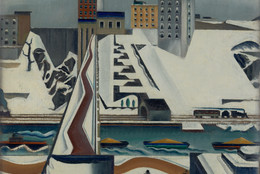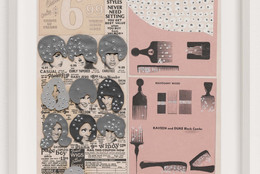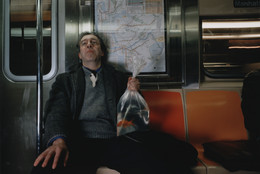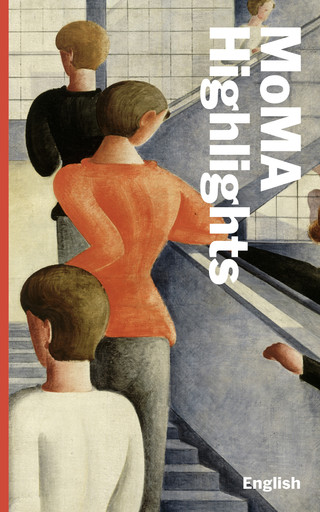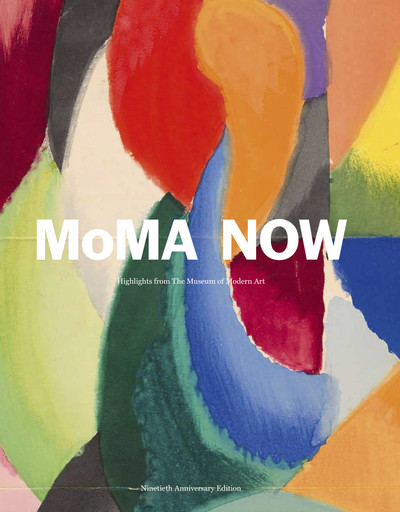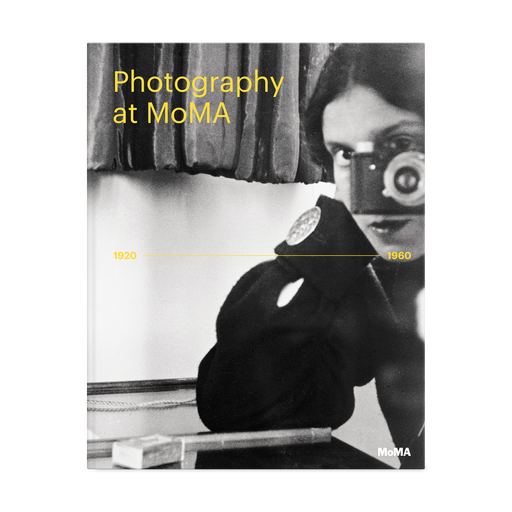“I put my heart and soul into them and tried to see that every picture was better-looking than the person.”
James Van Der Zee
James Augustus Van Der Zee was a stalwart documentarian of Black life in Harlem. Assiduously committed to Harlem’s striving and successful denizens over the course of 60 years, his pictures teem with possibility, their subjects shimmering with glamour. During the 1920s and ’30s, when the neighborhood’s intellectual, cultural, and creative life was soaring, Van Der Zee cultivated a visual vocabulary of grandeur that ultimately came to represent the Harlem Renaissance. “What is so clear in his pictures and so marked in his words is the passion and the vision, not of the camera but of the photographer,” Toni Morrison has said. “The narrative quality, the intimacy, the humanity of his photographs [is] stunning.”
In 1917, Van Der Zee opened Guarantee Photo Studio at 109 135th Street, sandwiched between a branch of the New York Public Library (now the Schomburg Center for Research in Black Culture) and the headquarters of Marcus Garvey’s Universal Negro Improvement Association (UNIA). Like his contemporaries James Latimer Allen and Winifred Hall Allen, Van Der Zee also ventured out into the neighborhood to service the photographic needs of a middle-class clientele, documenting society teas, athletic clubs, and couples in Cadillacs out on the town. He photographed prominent subjects—such as dancer Bill “Bojangles” Robinson, poet Countee Cullen, preacher Daddy Grace, pastors Adam Clayton Powell Senior and Junior, boxers Jack Johnson and Joe Louis, and “Black Moses” himself, Marcus Garvey—while serving as the official photographer for the UNIA during the summer of 1924.
At its zenith, Guarantee Photo Studio served as the ultimate destination for a formal portrait. Its titular assurance suggested not only efficacious photographic delivery but also a covenant of beauty. “I put my heart and soul into them and tried to see that every picture was better-looking than the person,” Van Der Zee said. “If it wasn’t better looking than the person I was taking, then I wasn’t satisfied with it.” This was achieved through the subtle yet undeniable retouching of his subjects’ features through handwork on either the negative or the print. Combined with his mastery of combination printing—a means of photomontage that allowed him to apply a particular pictorial element across multiple negatives—and hand-coloring, Van Der Zee’s images revealed the photographer’s penchant for luxury and drama, which earned him a variety of passionate responses from his clients, and carved for him a unique place in the field.
Advancements in photographic technology and shifting societal tastes led to the effective obsolescence of Van Der Zee’s studio in the 1950s, but the following decade saw his work catapulted into the milieu of Manhattan in a vastly different context—as the largest photographic contribution to the highly controversial exhibition “Harlem on My Mind”: The Cultural Capital of Black America, 1900–1968 at the Metropolitan Museum of Art. Re-emerging at a time when artists challenge institutions and emphasize the political stakes of representation, Van Der Zee’s images continue to offer what photographer Dawoud Bey calls “a wonderful window through which an unseen past and a largely unseen Black subject were made vividly and immediately accessible.”
Oluremi C. Onabanjo, Associate Curator, Department of Photography, 2021
